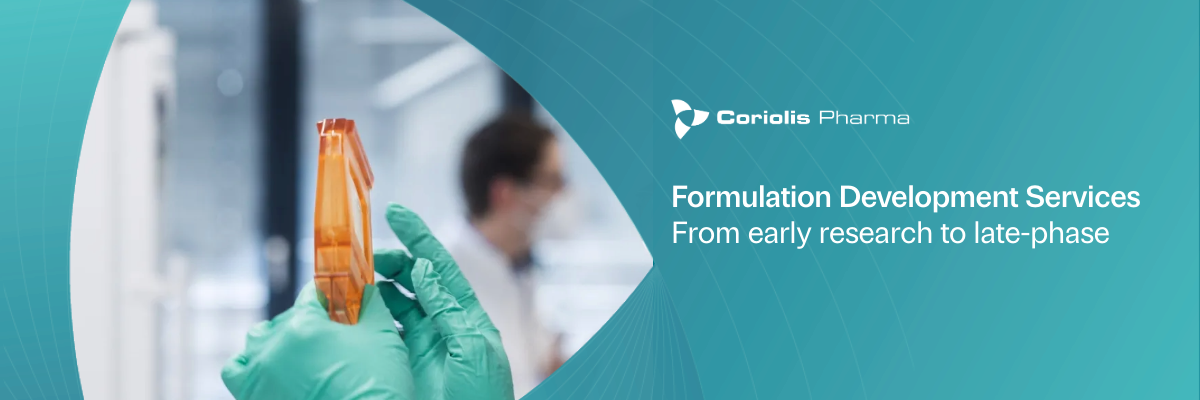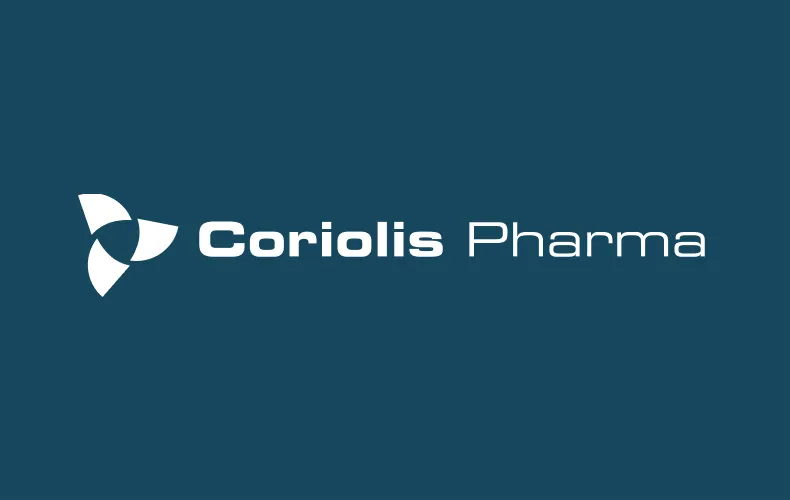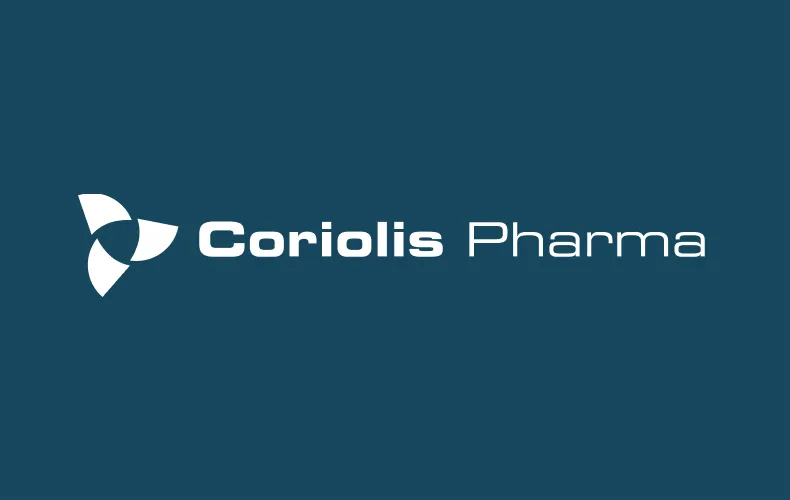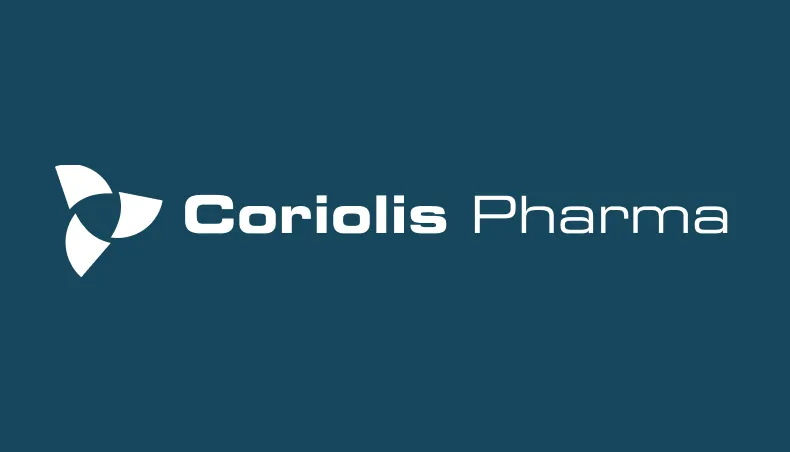Advanced Strategies for High-Concentration Protein Formulations

As the biopharmaceutical industry continues to grow, the demand for high-concentration protein formulations (HCPF) has never been greater. These formulations enable more convenient drug delivery options, such as subcutaneous injections, offering patients shorter administration times and greater comfort—especially for chronic conditions that require frequent dosing.
Why High-Concentration Formulations Matter
Developing high-concentration liquid formulations (HCLF) is essential when therapeutic proteins or peptides must be delivered in small injection volumes—typically below 2 mL. By increasing protein concentration, the required dose can be administered subcutaneously rather than intravenously, enabling self-administration and improving patient adherence. This approach is particularly relevant for monoclonal antibodies (mAbs) and next-generation biologics that require high doses to achieve therapeutic efficacy.
For many molecules, concentrations above 50–150 mg/mL are considered “high,” though this threshold varies depending on protein size, solubility, and interaction behavior.
Key Challenges in Formulating High-Concentration Proteins
Formulating proteins at high concentrations is far from straightforward. As concentrations rise, viscosity increases exponentially, impacting manufacturing, syringeability, and patient usability. High viscosity can challenge processes like ultrafiltration/diafiltration (UF/DF), extend production times, and even exceed system limitations.
Additionally, colloidal instability, aggregation, and protein-protein interactions (PPI) become major concerns. These interactions, influenced by ionic strength, pH, and excipients, can lead to phase separation, precipitation, or gel formation. Ensuring stability while maintaining injectability is therefore a delicate balance.
Analytical Strategies for High-Concentration Formulations
Accurate analytical characterization is critical for successful HCPF development. Traditional methods often require sample dilution, which can alter protein structure or aggregation behavior. Instead, undiluted analyses—using techniques capable of handling viscous samples—are preferred for measuring parameters like viscosity, turbidity, thermal stability, and syringeability.
A science-driven analytical setup, with orthogonal and stability-indicating methods, is essential to assess protein behavior comprehensively and to ensure consistent product quality over time.
Formulation and Stabilization Strategies
The primary goals in developing a high-concentration formulation are stability and viscosity optimization. As a first step, scientists at Coriolis use advanced in-silico modelling tools to predict the high concentration suitability, i.e. the behavior of the molecule of interest at higher concentrations. With this approach, one can determine potential ‘red flags’ regarding stability and viscosity early on – without consuming any physical material.
The second step is to physically determine the maximum protein concentration that can be achieved before reaching critical process or stability limits. Together with the in-silico predictions, this “concentration feasibility” study helps to define the development path forward.
Formulation scientists at Coriolis Pharma then use dedicated excipients to modulate stability parameters like protein-protein interactions and reduce viscosity. Adjusting pH is another powerful lever—fine-tuning electrostatic interactions that can enhance solubility and stability.
Because every protein behaves differently at high concentrations, a customized, science-based and data-driven approach is key. Leveraging experience from over 100 high-concentration formulation projects, Coriolis Pharma applies its deep expertise in formulation design and analytical characterization to develop stable, manufacturable, and patient-friendly drug products.
Coriolis Pharma’s Expertise for Your Next Project
At Coriolis Pharma, we tailor our developability and formulation strategies to align with your molecule’s stage of development and target product profile (TPP). For advanced protein formulation challenges—particularly at high concentrations—we combine experimental and computational approaches to achieve a deep understanding of molecular behavior.
Our in silico capabilities employ machine learning and molecular dynamics simulations to evaluate high-concentration suitability and formulation sensitivity. Starting from the protein sequence, we can predict susceptibility to common degradation routes, model protein–protein interactions and screen formulation conditions (e.g., pH and excipients) to identify stabilizing environments early in development—supporting faster, more informed formulation design and mitigating risks early on.
Developing a robust high-concentration protein formulation requires a deep understanding of protein behavior, advanced in-silico and analytical tools, and strategic formulation design. By combining scientific insight with proven expertise, Coriolis Pharma helps its partners transform complex molecules into safe, effective, and easy-to-administer biopharmaceutical products.



